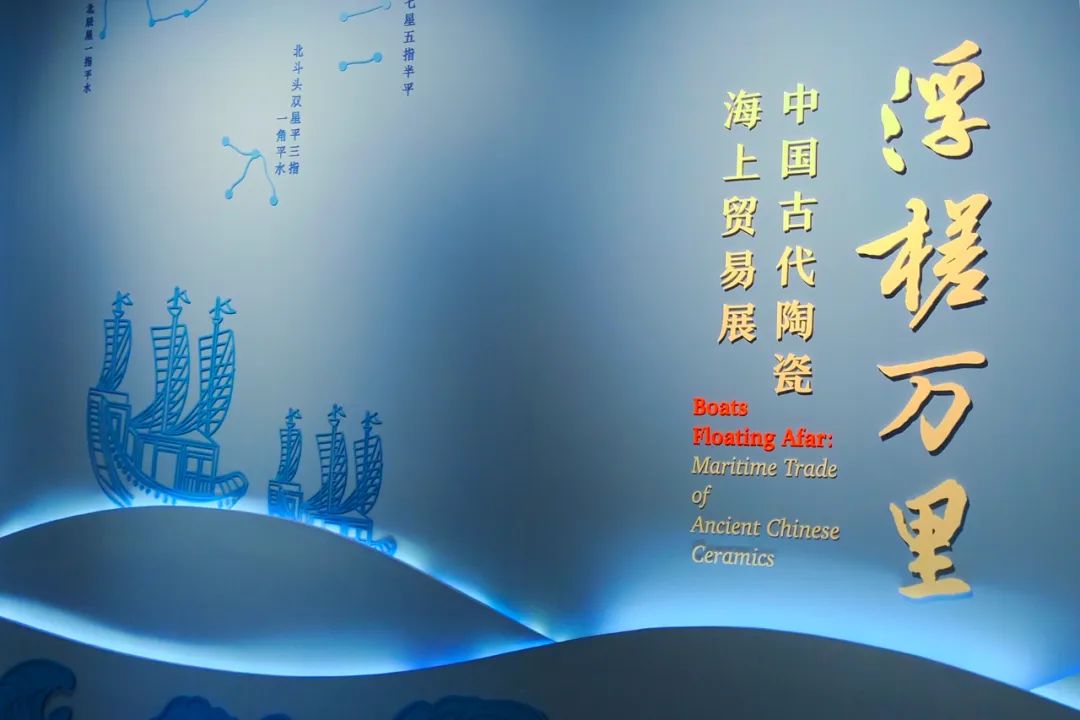Porcelains from ancient Maritime Silk Road exhibited
Source: Shenzhen DailyUpdated: 2023-01-18

Photos courtesy of Nanshan Museum.
Featuring 189 works drawn from the National Museum of China’s collections, the “Boats Floating Afar: Maritime Trade of Ancient Chinese Ceramics” exhibition examines the precious porcelains created in China for exporting to Europe and the United States.

Blue-and-white porcelains produced in Jingdezhen in the Ming Dynasty are on display at Nanshan Museum.
Dating from the Tang Dynasty (618-907) through the Qing Dynasty (1644-1911), the exhibits include a wide range of porcelains found in shipwrecks and sea trade along the Maritime Silk Road. These artifacts depict the flourishing sea trade of ancient Chinese porcelains and China’s leading role in the global porcelain trading system.
The Maritime Silk Road, the ancient sea route for trade and cultural exchanges from China to the West, took its initial shape in the Qin (221-207 B.C.) and Han (202 B.C.-A.D. 220) dynasties. Chinese porcelains were regarded as objects of rarity and luxury. As they were important commodities traded along the route, the Maritime Silk Road was also known as the “Porcelain Road.”

A white-glazed jug with the animal-head design from the Southern Song Dynasty (1127-1279). The piece was excavated on Nanhai No. 1 Shipwreck.
Since the time of the middle and late Tang Dynasty, porcelains had become commodities exported in great quantities, which ushered in the golden era of Chinese porcelain exports. In the Song (960-1279) and Yuan (1271-1368) dynasties, thanks to the advanced shipbuilding and navigation technology and the open foreign policy, China’s sea trade of ceramics flourished. Ports in cities such as Guangzhou and Mingzhou (modern Ningbo in Zhejiang Province) were set up one after another.

A sancai-glazed jug from the Tang Dynasty.
In the Ming (1368-1644) and Qing dynasties, as new sea routes were opened, countless Chinese ceramics were exported to Europe and the United States, ensuring a longtime influence on Western taste on ceramics.
Dates: Through April 2
Booking: WeChat account “nanshanmuseum”
Venue: Nanshan Museum, Nanshan District (南山博物馆)
Metro: Line 1 or 12 to Taoyuan Station (桃园站), Exit B
 Copyright © Shenzhen Nanshan Information Network Center. All rights reserved.
Copyright © Shenzhen Nanshan Information Network Center. All rights reserved.




